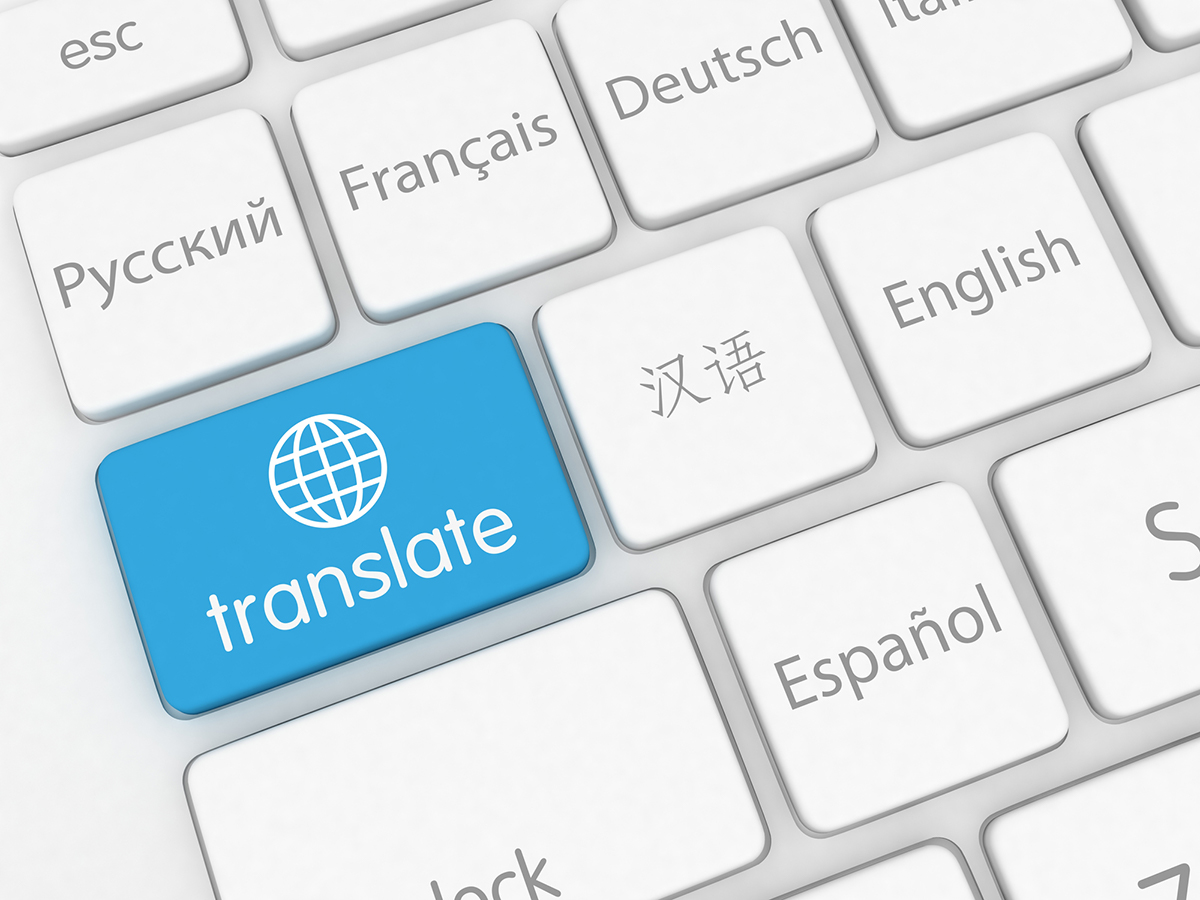Writing copy for international audiences is notoriously tough. Whether you’re creating web copy, marketing content, or interface language, how do you make sure your brand voice shines through in 12 languages? When writing for translation, wording that seems friendly and approachable in English might not be appropriate in German or Japanese.
Even if your copy will never get translated, you still need to think about global audiences who may have different cultural norms and varying levels of proficiency with English. And if you deal with financial data, privacy, or any number of other sensitive topics, the consequences of getting it wrong can be catastrophic. Global B2B brands, like Tendo’s longtime client Cisco, already understand the importance of accuracy and cultural context in translating technical information. Does your company have a good handle on writing for translation as well?
Luckily, the content strategy community is here to help. I once attended a panel on this topic, hosted by the San Francisco UX Writers Meetup. Although the event focused on UX and interface writing, the advice shared applies to any kind of writing, from website content to email marketing copy.
Andrea Niederkofler (formerly from the product localization team at Zendesk, now at Meta), Sylvie Kim (formerly with the content design team at Slack, now at Wells Fargo), and Sara Getz (a content strategist at Meta) spoke at the event, and all three shared valuable insights about writing for translation, building localization into your content creation process, and understanding your users’ context. Here are five key takeaways.
Key #1: Collaborate and Communicate
Involve your translation or localization team early in the process, before you start writing copy. They’re the experts, and they can give you invaluable tips for writing copy that’s easy to localize, as well as insights about your international customers. Build this communication into your writing process so they can help your brand voice shine through.
Key #2: Provide Context
Without appropriate context, your translators may produce inadequate content through no fault of their own. Keep a detailed style guide, and make sure it’s available to your translators. Glossaries of industry- or client-specific terms are also useful, as are any supporting documents. And the shorter your copy, the more crucial the context—so when you’re writing things like labels and interface copy, include as many grammatical details as you can. Mark what as read? How many are visible? Is “search” a noun or a verb? Translators may need to know all this in order to produce good localized content.

An excerpt on “Transforming Business Operations” from Slack’s Financial Services page in English (above) and German (below).

Key #3: Don’t Assume
Don’t assume that grammatical structures will be the same, idioms will translate, or copy will be the same length in translation. Don’t assume anything, really.
Key #4: Have Empathy for Your User
Your users may not approach a situation or topic with the same mental model you’re using, and it’s important to understand where they’re coming from. This is true of any writing: How many times have you been told to know your audience? But it’s even more important when you’re writing across language and culture.
One panelist brought this lesson home by recounting how she and her team tested a new feature with female users in India, and had to factor in key aspects of their context: These users frequently use English online even though it may not be their native language; they are often using mobile devices with small screens and keypad navigation; and they may have only gotten online for the first time within the last few years. In a world where businesses have global reach, you can no longer afford to assume that your users are exactly like you.
Key #5: It’s OK to Break the Rules
Although many experts say to avoid idioms in writing destined for translation, the Slack brand is well known for its casual, idiomatic voice. Instead of limiting themselves to a formal and uninspired writing style, the content design team at Slack has built a close partnership with the localization team, which allows them to communicate the intent of their words and make sure that the brand voice comes through in each of the languages Slack supports.
As with all things content related, writing for translation is much more complicated than it looks at first glance, and you shouldn’t wing it. With these tips and best practices, you can make sure your content resonates with global audiences and help ensure that your brand’s entry into global markets doesn’t fall flat.
Translate Ideas into Results with Tendo
Need to outsource your content? Tendo Communications offers content creation and editorial services to help you scale your content development efforts without sacrificing quality. Talk to Tendo today to learn how we can turn your ideas into high-performing, global-friendly content.
First published October 29, 2019










